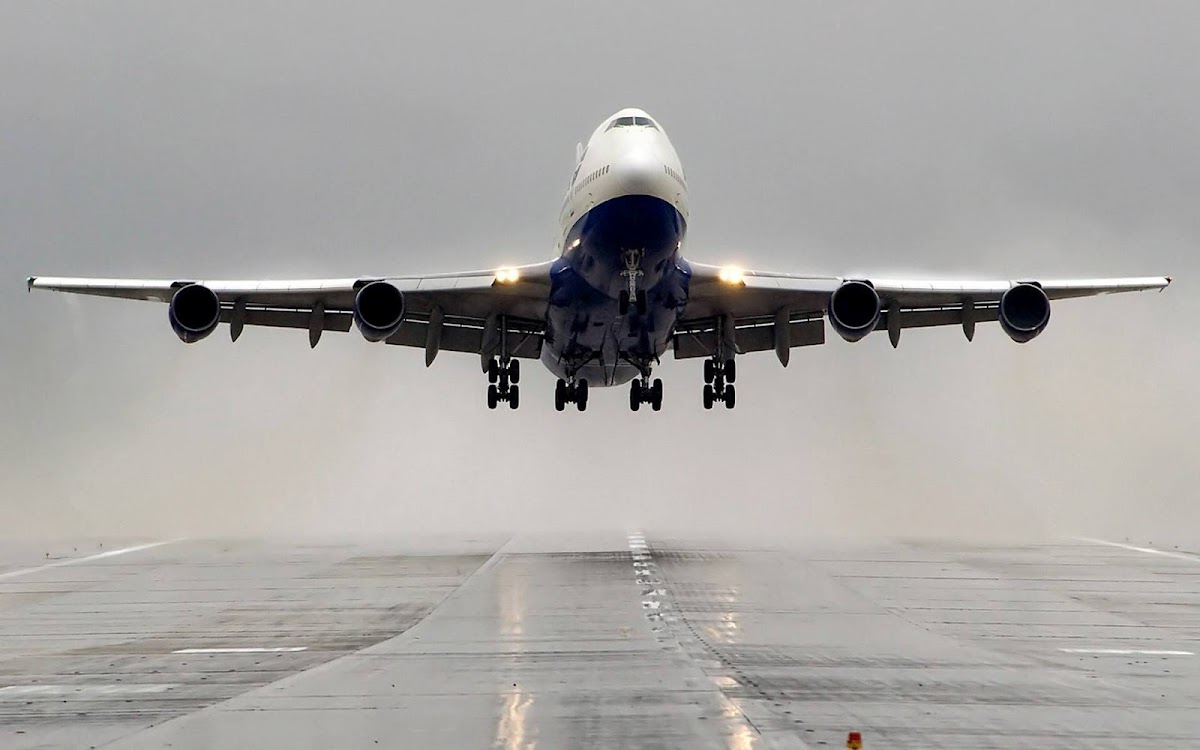Take Off: The Ultimate Guide To Successful Air Travel
Take off is a term that resonates with anyone who has ever embarked on an adventure through the skies. In the world of aviation, the take-off phase is a critical moment that marks the beginning of every flight. As travelers, understanding the nuances of take-off can enhance our flying experience and ensure greater safety. This article will delve into the various aspects of take-off, from the technicalities involved to the personal experiences of travelers.
In this comprehensive guide, we will explore the importance of take-off in aviation, the factors that influence a successful take-off, and tips for passengers to have a smooth journey. Whether you are a seasoned flyer or a novice traveler, this article aims to equip you with the knowledge and confidence needed for your next flight. Let's embark on this journey together!
Throughout the article, we will address common questions and concerns related to take-off and offer insights from industry experts. With an emphasis on expertise, authority, and trustworthiness, this guide is designed to be your go-to resource for understanding take-off in aviation.
Table of Contents
- 1. What is Take-Off?
- 2. The Importance of Take-Off in Aviation
- 3. Phases of Take-Off
- 4. Factors Affecting Take-Off Performance
- 5. Enhancing the Passenger Experience During Take-Off
- 6. Common Misconceptions About Take-Off
- 7. Expert Insights on Take-Off
- 8. Conclusion
1. What is Take-Off?
Take-off refers to the phase of flight in which an aircraft transitions from the ground to the air. This process involves several technical and procedural elements, including engine thrust, lift generation, and the aircraft's weight. Successful take-off is crucial for the safety and efficiency of air travel.
Definition and Mechanics of Take-Off
The mechanics of take-off involve a sequence of actions where pilots increase engine power to achieve the necessary speed for the aircraft to lift off the ground. This involves:
- Throttle application
- Control surface adjustments
- Monitoring airspeed and altitude
2. The Importance of Take-Off in Aviation
Take-off is a pivotal moment in aviation, as it sets the stage for the entire flight. A successful take-off ensures that the aircraft can safely navigate through the various phases of flight, including ascent, cruise, and landing.
Safety Considerations
Safety is paramount in aviation. Understanding the importance of take-off helps both pilots and passengers appreciate the meticulous procedures involved in achieving a successful flight. Factors such as weather conditions, runway length, and aircraft weight play a significant role in take-off safety.
3. Phases of Take-Off
The take-off phase can be broken down into several key stages:
- Pre-Takeoff Checklist
- Taxiing to the Runway
- Take-Off Roll
- Lift-Off
- Initial Climb
Pre-Takeoff Checklist
Before take-off, pilots conduct a thorough checklist to ensure the aircraft is ready for flight. This includes checking instruments, fuel levels, and communication systems.
4. Factors Affecting Take-Off Performance
Various factors can influence an aircraft's take-off performance, including:
- Aircraft Weight
- Runway Conditions
- Weather and Wind
- Altitude
Weather Conditions
Weather plays a critical role in take-off performance. Adverse weather conditions, such as fog, rain, or strong winds, can impact visibility and aircraft control during take-off.
5. Enhancing the Passenger Experience During Take-Off
For passengers, take-off can be an exhilarating yet nerve-wracking experience. Here are some tips to enhance the flying experience:
- Stay Informed: Pay attention to pre-flight announcements.
- Stay Calm: Practice relaxation techniques if you feel anxious.
- Follow Safety Instructions: Adhere to the flight crew's safety instructions.
Understanding Take-Off Procedures
Familiarizing yourself with take-off procedures can help ease anxiety. Knowing what to expect can enhance your confidence as a traveler.
6. Common Misconceptions About Take-Off
Despite the extensive knowledge surrounding take-off, there are several common misconceptions:
- Myth: Turbulence during take-off is always dangerous.
- Myth: Take-off speed is the same for all aircraft.
- Myth: Pilots have complete control over take-off.
Debunking the Myths
Understanding the truths behind these myths can bolster passenger confidence and enhance their overall flying experience.
7. Expert Insights on Take-Off
Industry experts emphasize the importance of training and preparation for pilots during the take-off phase. Continuous education and simulation training are critical for ensuring pilot proficiency and safety.
Interviews with Pilots and Aviation Experts
Insights from experienced pilots reveal that thorough understanding of aircraft systems and environmental conditions are key to a successful take-off. Many pilots advocate for continuous training and adherence to safety protocols.
8. Conclusion
In conclusion, take-off is a fundamental aspect of air travel that requires attention to detail and safety protocols. By understanding the mechanics, importance, and procedures involved in take-off, both passengers and pilots can ensure a safer and more enjoyable flying experience. As you prepare for your next flight, remember these insights and tips to enhance your travel experience.
We invite you to share your thoughts in the comments below and encourage you to explore other articles on our site to further enrich your travel knowledge!
Jena Frumes: The Rise Of A Social Media Influencer And Model
Emily Rudd Movies And TV Shows: A Rising Star In Hollywood
Miranda May: Rising Star In The World Of Television Comedy


